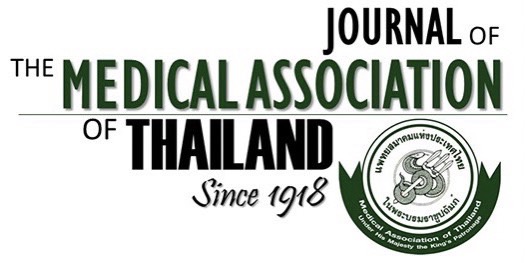Prevalence of Antibiotic-Resistant Gram-Negative Bacteria and Susceptibility Patterns in Provincial Hospital, Thailand: A Decade Review
Suwadee Jirasakpisarn¹
Affiliation : ¹ Department of Pediatrics, Pranangklao Hospital, Nonthaburi, Thailand
Background: Antimicrobial resistance is a significant public health issue globally, particularly due to gram-negative bacteria, which lead to treatment failures and increased mortality among infected patients.
Objective: To analyze isolation data of Acinetobacter baumannii (AB), Pseudomonas aeruginosa (PA), Escherichia coli (EC), Klebsiella pneumoniae (KP), and Enterobacter cloacae (EB), as well as their susceptibility patterns to ceftriaxone, ceftazidime, gentamicin, amikacin, piperacillintazobactam, and meropenem.
Materials and Methods: All isolates of AB, PA, EC, KP, and EB were retrospectively collected from pediatric department patients at Pranangklao Hospital between January 1, 2013, and December 31, 2022.
Results: Three thousand sixty-seven isolates were enrolled with 710 for AB, 722 for PA, 743 for EC, 735 for KP, and 157 for EB. The male ratio was 55.9% and the age ranged from one day to 14.9 years. The sources of isolates were respiratory secretions in 57.8%, urine in 21.4%, pus in 10.2%, and blood in 9.7%. The highest carbapenem-resistant rate (%CR) over the decade was observed in AB, with a minimum and maximum of 45.5% and 96.1%, which is consistent with the percentage of MDR/XDR. Notably, the percentage of CR of PA sharply increased from 25.3% in 2017 to 67% in 2018, reaching 82.8% in 2020, while the 10 years percentage of MDR/XDR remained stable at 4.8% to 22%. The percentage of ESBL, for producing strains for EC, KP, and EB ranged from 40.7% to 63.8%, 47.1% to 84.8%, and 41.7% to 84%, respectively, with the percentage CR being extremely low for EC at 0% to 4.3%, for KP at 0% to 16.1%, and for EB at 0% to 12.5%. Ceftazidime, gentamicin, amikacin, and piperacillintazobactam remained effective against PA as the 10 years percentage susceptibility at 75.8% to 98%, while these drugs, including meropenem, showed poor susceptibility against AB since 2020 as the percentage of susceptibility ranged from 2.3% to 11.3%. Amikacin and meropenem demonstrated excellent performance for EC, KP, and EB with the percentage of susceptibility at 76% to 100%.
Conclusion: AB and PA represent significant threats in Pranangklao Hospital.
Received 20 December 2024 | Revised 14 February 2025 | Accepted 18 February 2025
DOI: 10.35755/jmedassocthai.2025.3.232-240-02250
Keywords : Gram-negative bacteria; Antimicrobial resistance; Enterobacterales; Antibiogram; CRE; Drug-resistant bacteria
All Articles
Download



